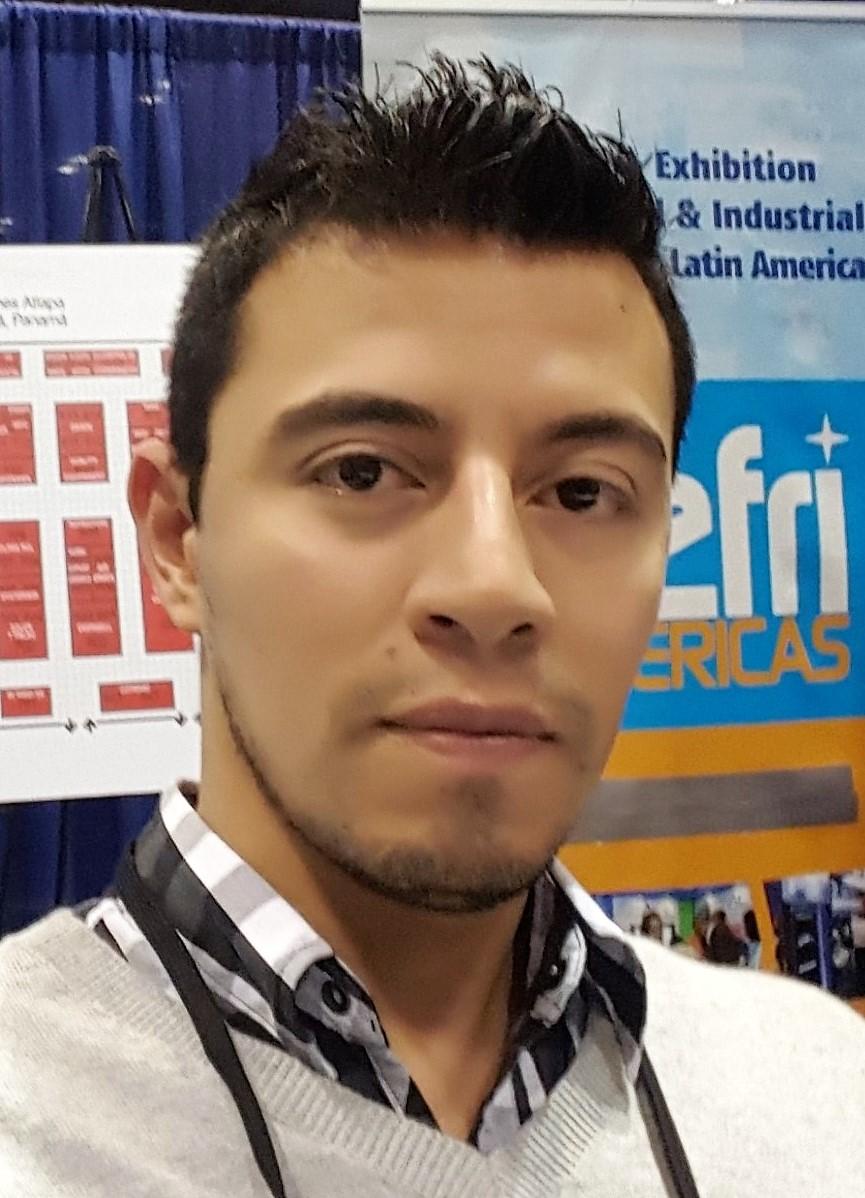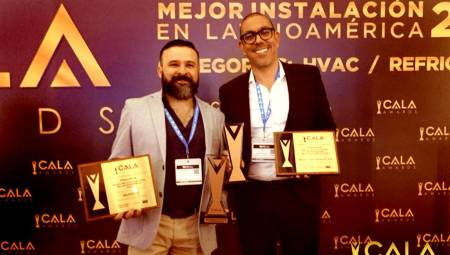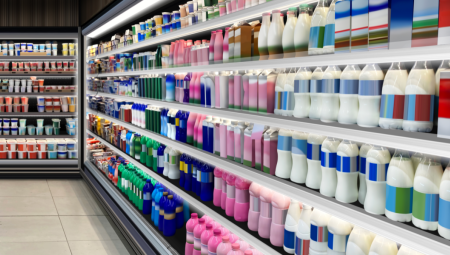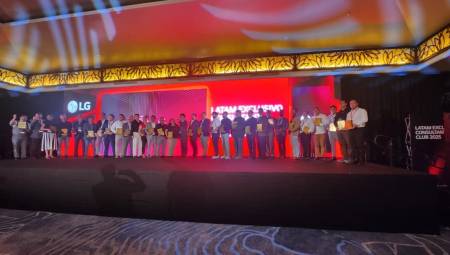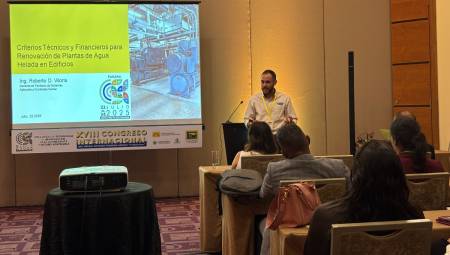 United States. Imagine a device that can sit outside in the blazing sunlight on a clear day, and without using energy, cool things down to more than 23 degrees Fahrenheit (13 degrees Celsius). It almost sounds like magic, but a new system designed by researchers at MIT and in Chile can do exactly that.
United States. Imagine a device that can sit outside in the blazing sunlight on a clear day, and without using energy, cool things down to more than 23 degrees Fahrenheit (13 degrees Celsius). It almost sounds like magic, but a new system designed by researchers at MIT and in Chile can do exactly that.
The device, which has no moving parts, works by a process called radiative cooling. It blocks incoming sunlight from heating up, and at the same time efficiently radiates infrared light, which is essentially heat, that passes directly into the sky and space, cooling the device significantly below room temperature.
The key to the operation of this simple and economical system is a special type of insulation, made of a polyethylene foam called aerogel. This lightweight material, which looks and feels a bit like marshmallow, blocks and reflects visible rays of sunlight so that they don't penetrate through it. But it is very transparent to heat-carrying infrared rays, allowing them to pass freely outward.
The new system was described in a paper in the journal Science Advances, by MIT graduate student Arny Leroy, mechanical engineering professor and department head Evelyn Wang, and seven others at MIT and the Pontificia Universidad Católica de Chile.
Such a system could be used, for example, as a way to prevent vegetables and fruits from spoiling, potentially doubling the time the product could remain fresh, in remote locations where there is no reliable power for refrigeration, Leroy explains.
Minimizing heat gain
Radiative cooling is simply the main process that most hot objects use to cool down. They emit mid-range infrared radiation, which transports the object's thermal energy directly into space because the air is very transparent to infrared light.
The new device is based on a concept Wang and others demonstrated a year ago, which also used radiative cooling but employed a physical barrier, a narrow strip of metal, to protect the device from direct sunlight and prevent it from heating up. That device worked, but provided less than half the cooling power the new system achieves due to its highly efficient insulating layer.
"The big problem was isolation," Leroy explains. The biggest heat input that prevented the previous device from achieving deeper cooling was the heat from the surrounding air. "How do you keep the surface cold while allowing it to radiate?" he asked. The problem is that almost all insulating materials are also very good at blocking infrared light and would therefore interfere with the radiative cooling effect.
There's been a lot of research on ways to minimize heat loss, says Wang, who is a professor of mechanical engineering at Gail E. Kendall. But this is a different topic that has received much less attention: how to minimize heat gain. "It's a very difficult problem," she says.
The solution came through the development of a new type of aerogel. Aerogels are lightweight materials that consist mainly of air and provide very good thermal insulation, with a structure composed of microscopic formations similar to the foam of some material. The team's new idea was to make an aerogel from polyethylene, the material used in many plastic bags. The result is a soft, white material that is so light that a given volume weighs only 1/50 as much as water.
The key to its success is that while it blocks more than 90 percent of incoming sunlight, thus protecting the surface beneath from heating, it is very transparent to infrared light, allowing about 80 percent of heat rays to pass freely outward. "We were very excited when we saw this material," Leroy says.
The result is that it can dramatically cool a plate, made of a material such as metal or ceramic, placed under the insulating layer, which is known as an emitter. That plate could cool a container connected to it, or cool the liquid that passes through the coils in contact with it, to provide cooling to products, air, or water.
Device to test
To test their predictions of its effectiveness, the team, along with their Chilean collaborators, set up a proof-of-concept device in Chile's Atacama Desert, parts of which are the driest land on the planet. They receive virtually no rain, however, being right at the equator, they receive fiery sunlight that could test the device. The device achieved a cooling of 13 degrees Celsius under total sunlight at solar noon. Similar tests at MIT's cambridge, Massachusetts, campus achieved cooling of less than 10 degrees.
According to the researchers, that's enough cooling to make a significant difference in preserving products in remote locations. In addition, it could be used to provide an initial cooling stage for electric cooling, thus minimizing the load on those systems to allow them to operate more efficiently with less energy.
Theoretically, such a device could achieve a temperature reduction of up to 50°C, the researchers say, so they continue to work on ways to further optimize the system so that it can expand into other refrigeration applications, such as air conditioning construction without the need for any power source. Radiative cooling has already been integrated with some existing air conditioning systems to improve their efficiency.
However, they have already achieved a greater amount of cooling under direct sunlight than any other passive and radiative system other than the one that uses a vacuum system for insulation, which is very effective but also heavy, expensive and fragile.
This approach could also be a low-cost complement to any other type of cooling system, providing additional cooling to complement a more conventional system. "Whatever system you have," says Leroy, "put the aerogel on it and you'll get a much better performance."
Peter Bermel, an associate professor of electrical and computer engineering at Purdue University, who was not involved in this work, says, "The main potential benefit of the polyethylene aerogel presented here may be its relative compactness and simplicity, compared to a number of previous experiments."
He adds: "It might be useful to quantitatively compare and contrast this method with some alternatives, such as polyethylene films and selective angle locking in terms of performance (e.g. temperature change), cost and weight per unit area. ... The practical benefit could be significant if the comparison were made and the cost/benefit compensation significantly favored these aerogels."
The work was supported in part by a grant from the MIT International Science and Technology Initiative's (MISTI) Global Seed Fund of Chile, and by the U.S. Department of Energy. Through the Solid State Solar Thermal Energy Conversion Center (S3TEC).
Source: MIT.


